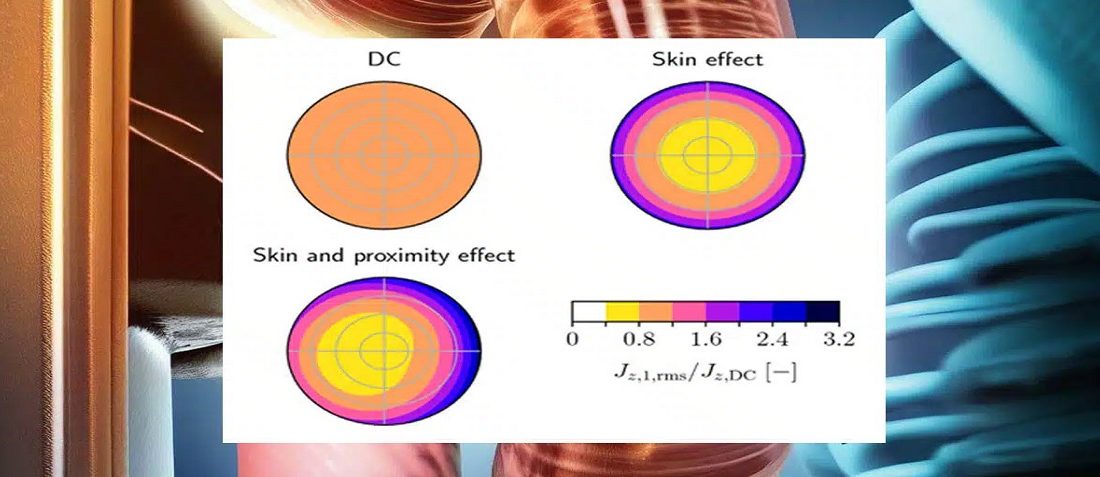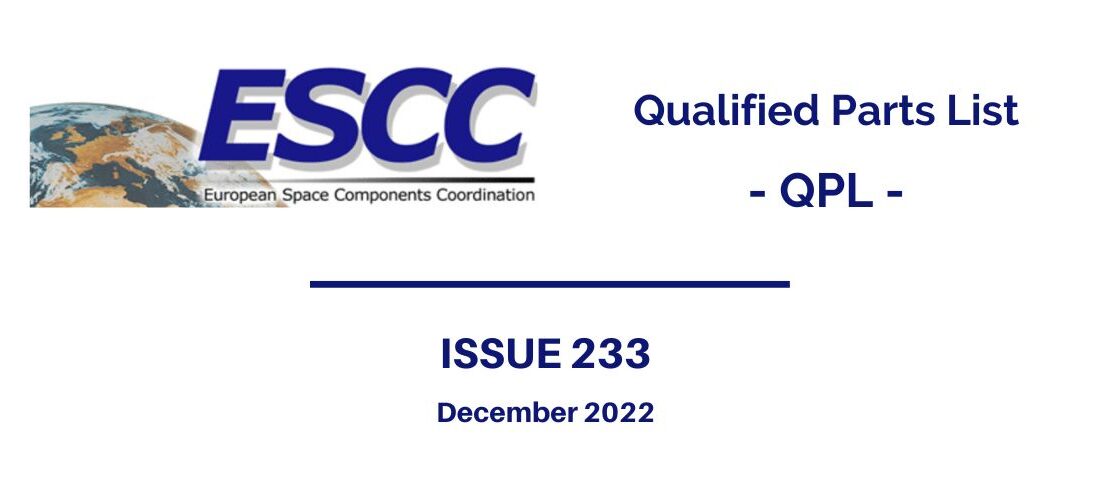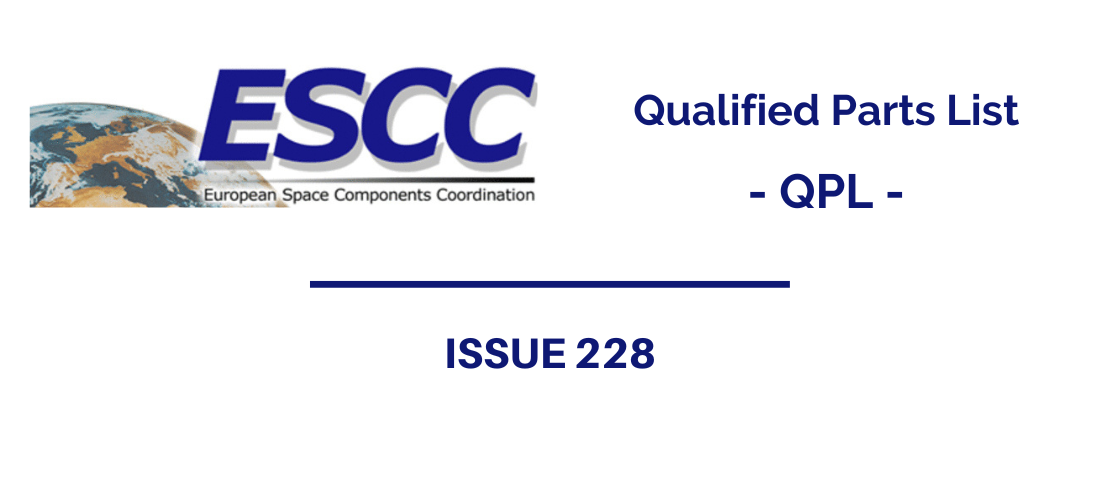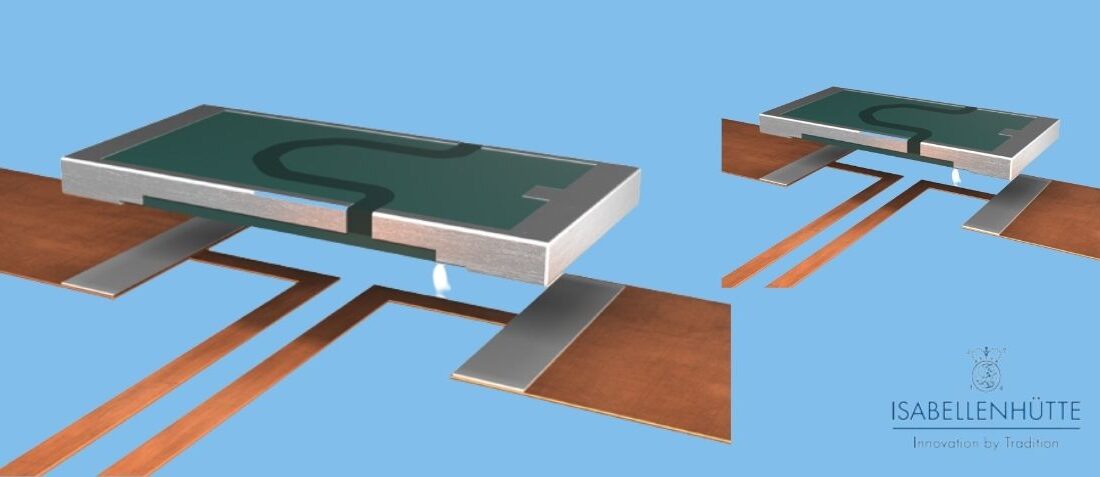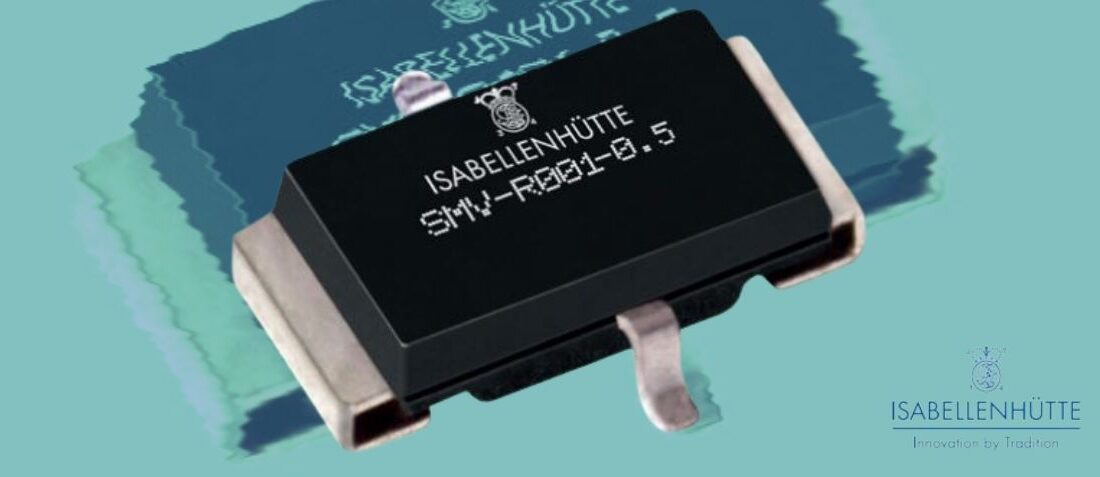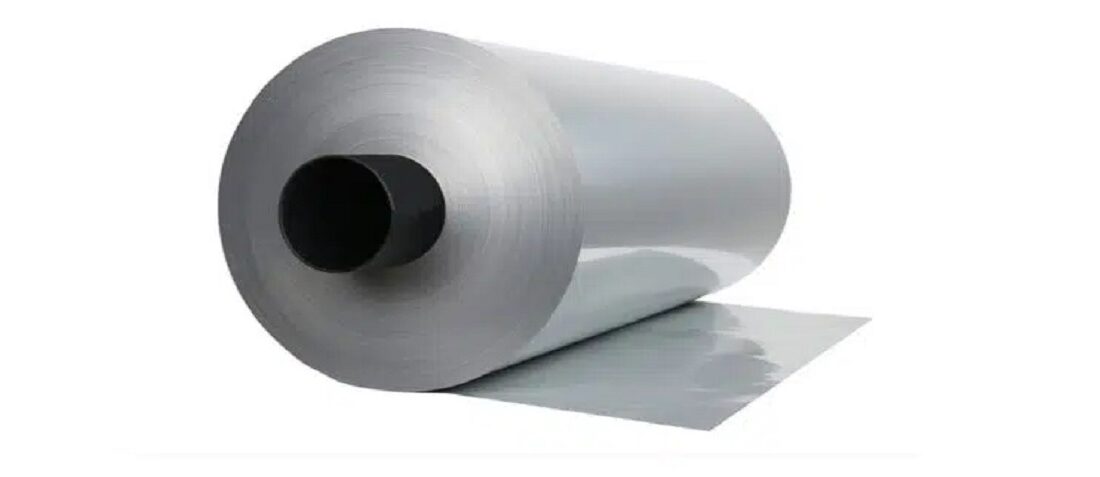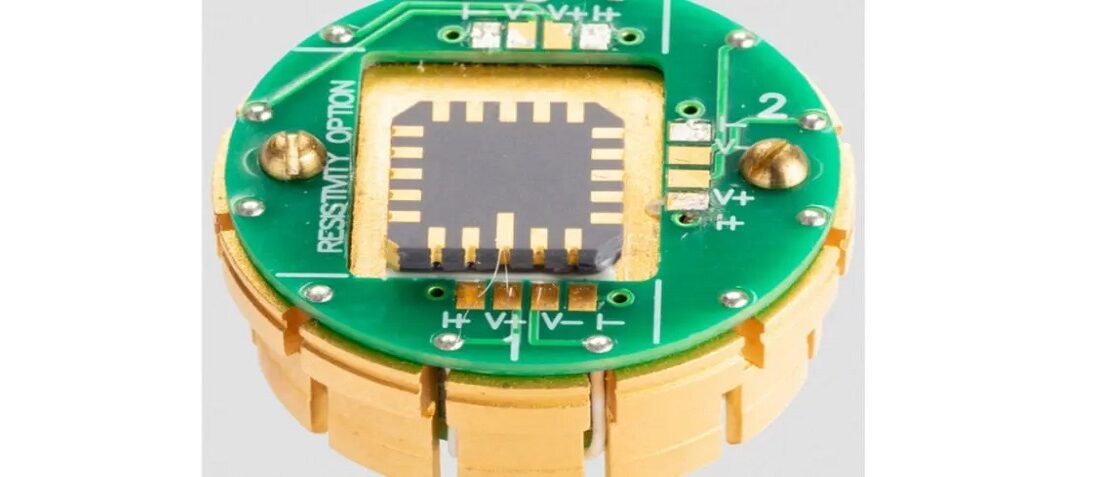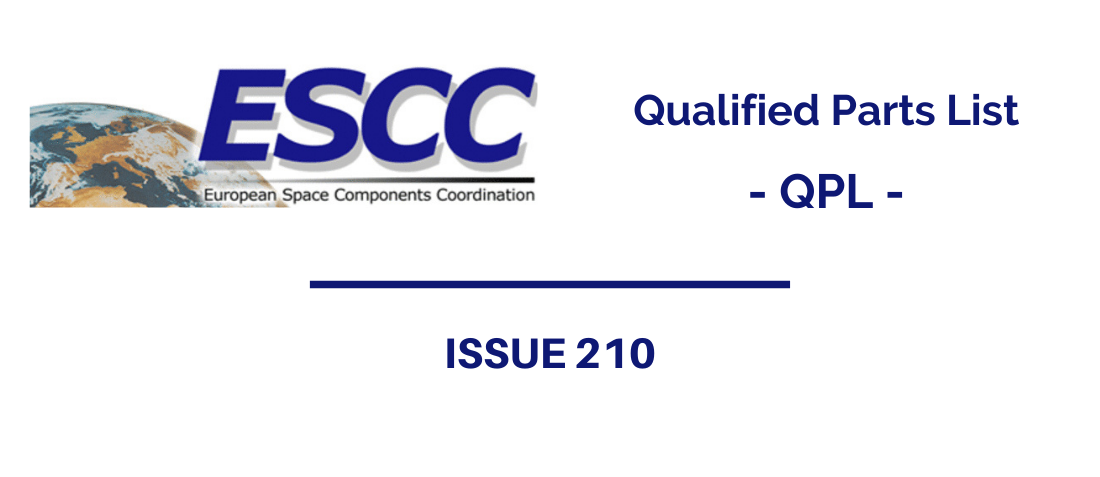Skin and Proximity Losses as Key Impact Factors of Transformer and Inductor Winding Losses
- Posted by doEEEt Media Group
- On July 7, 2023
- 0
Skin losses, also known as skin effect losses, are an important aspect of winding losses in Transformers and Inductors. When the alternating current flows through the wire, it tends to concentrate more on the outer surface due to the skin effect. This results in an underutilization of the inner part of the wire, that leads to energy losses. The current prefers the outer layers of the wire, leaving the inner layers unused.

